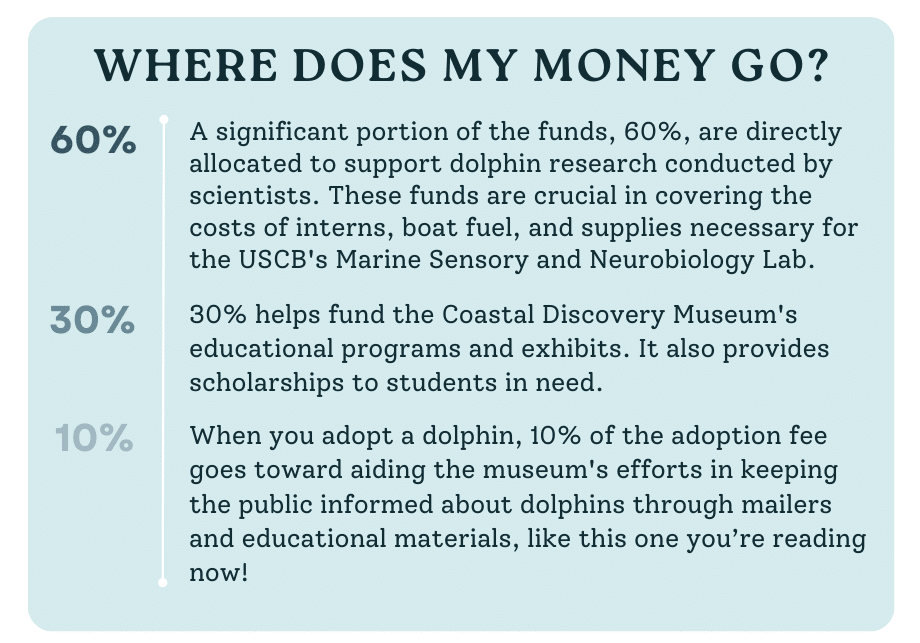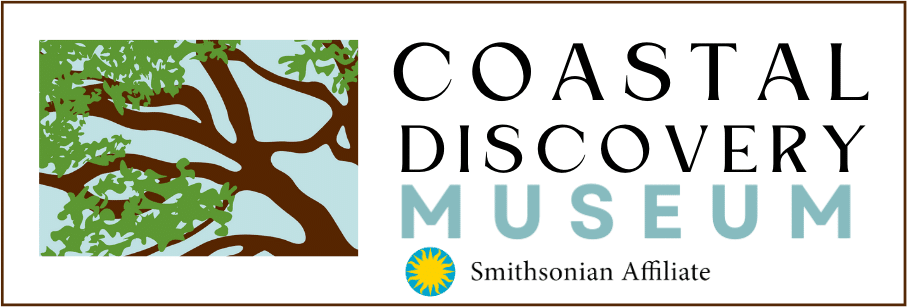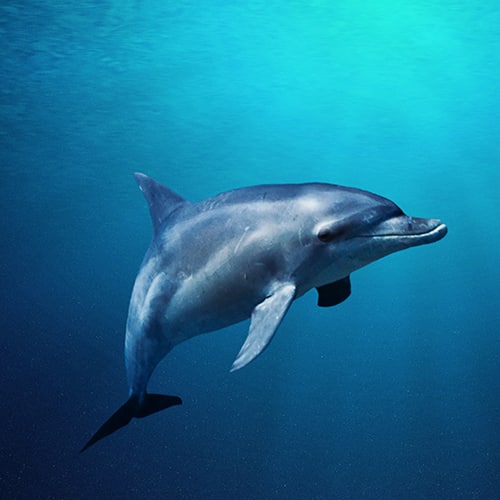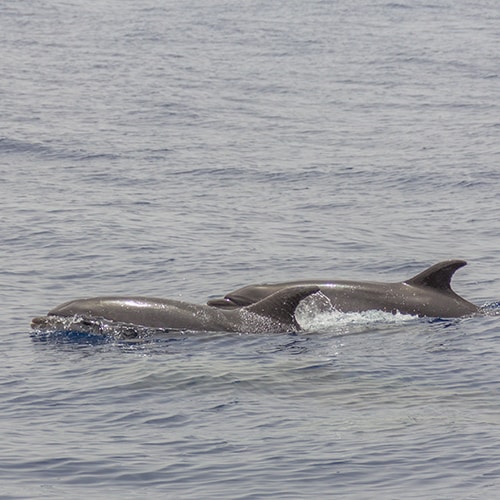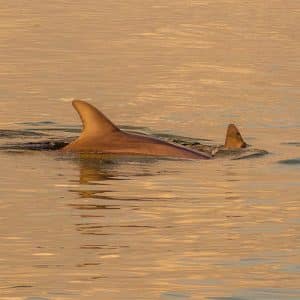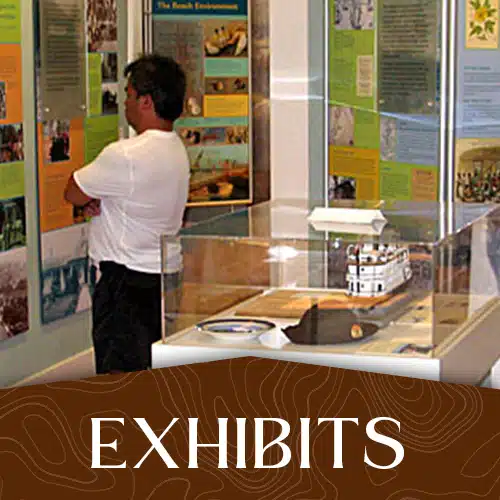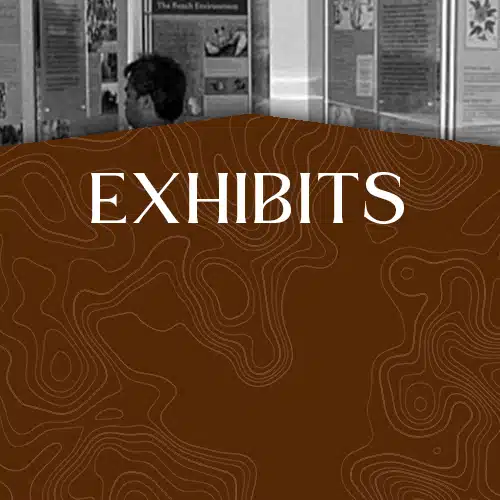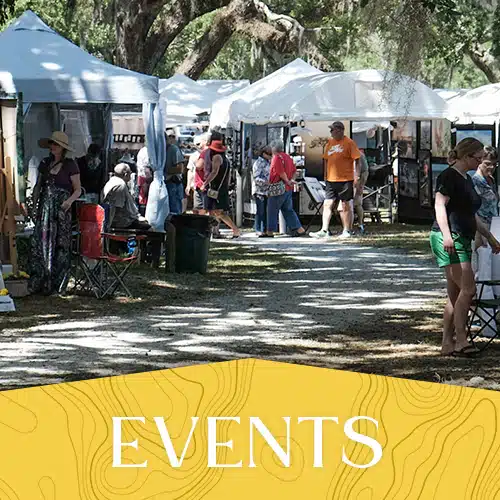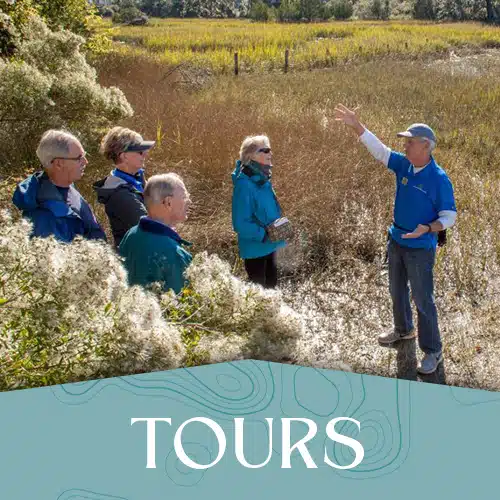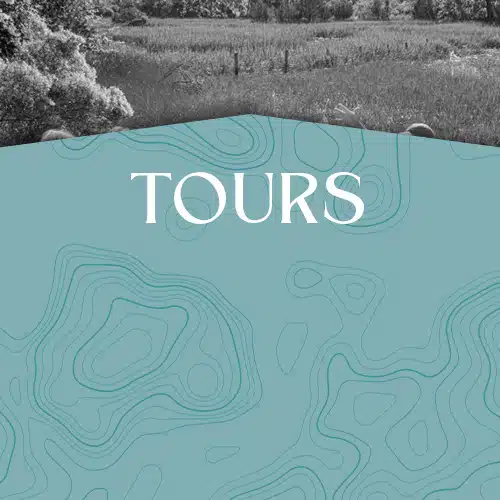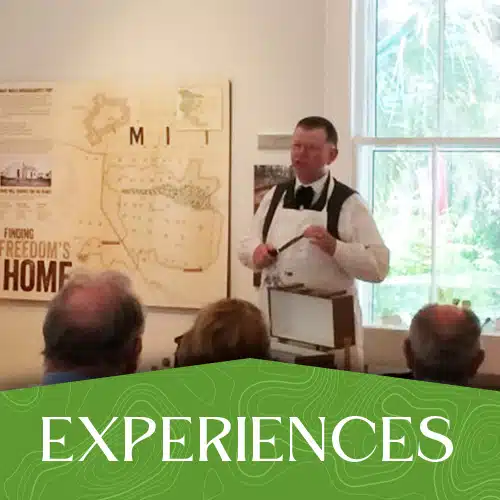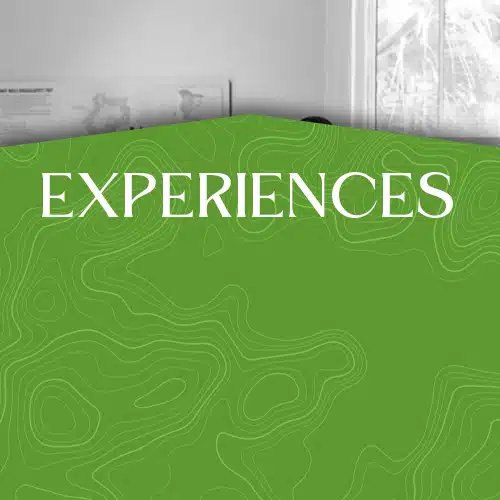ADOPT-A-DOLPHIN
Ever wonder what your favorite dolphin’s name is? Maybe you have seen one in the May River, Port Royal Sound, or off the beach from time to time. Many of these dolphins have been identified and tracked by USCB scientists who photograph their unique dorsal fins, and give them interesting names like Lucky, Stumpy, Nacho, or Beggar.Now, through a collaboration between USCB’s Lowcountry Dolphin Conservation Program and the Coastal Discovery Museum, you can Adopt-A-Dolphin and learn how to help protect both the Atlantic Bottlenose Dolphins that live here year round and those that migrate here to feed and play in the summer.
![uscb logo[38]](https://www.coastaldiscovery.org/wp-content/uploads/2024/02/uscb-logo38-300x100.png)
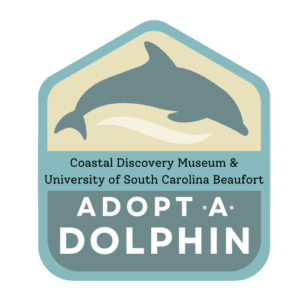
LEVELS OF ADOPTION
